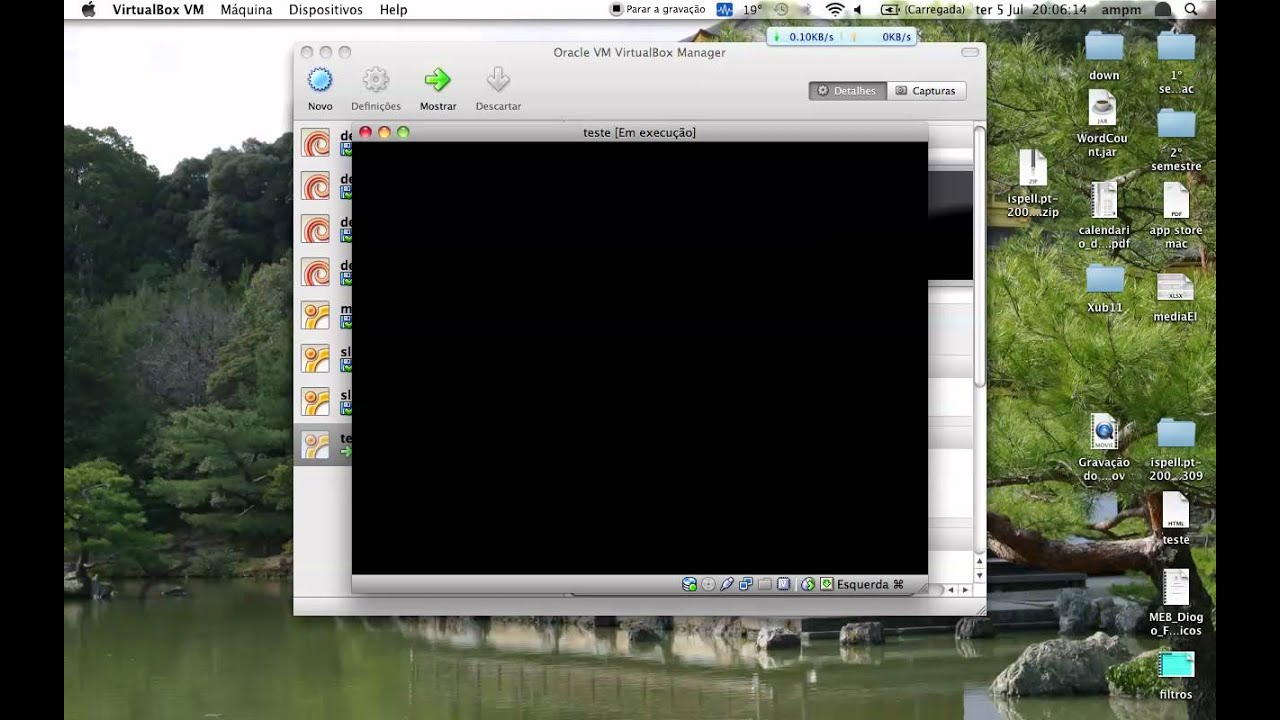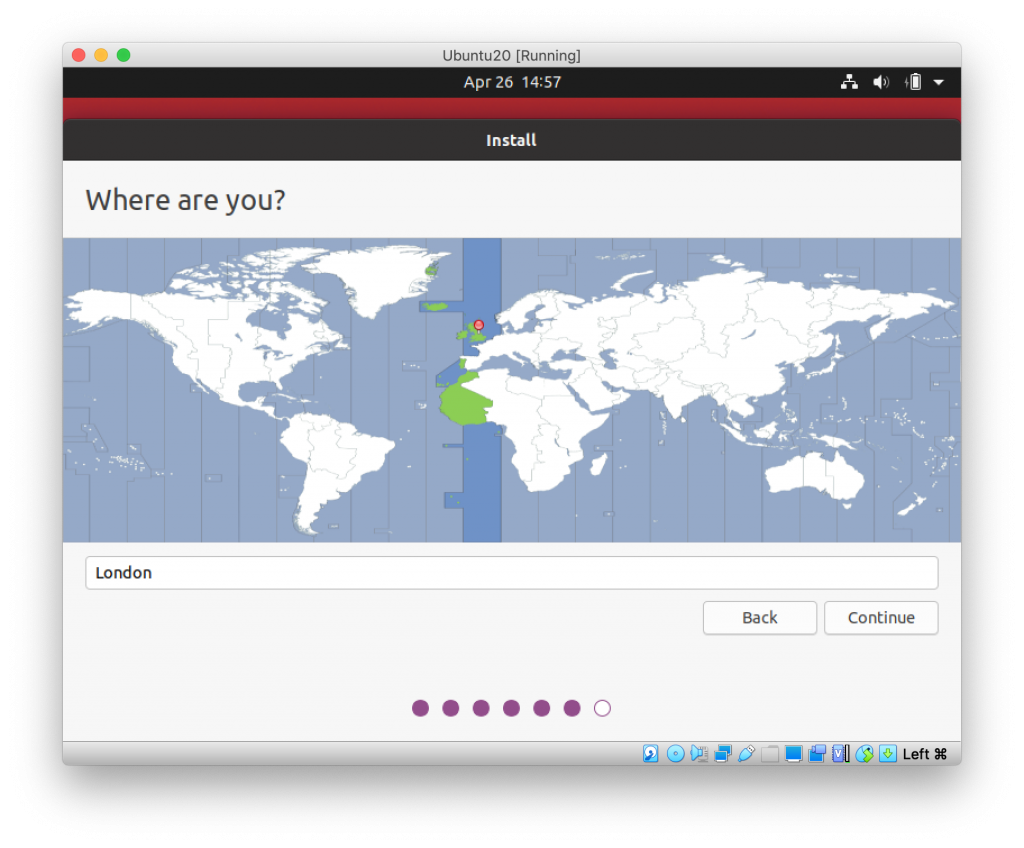



Let’s download Ubuntu 18.04.2 LTS – this is the latest long term support (LTS) Ubuntu version available at this moment. Go to the official Ubuntu website and download the necessary version of the Ubuntu installer. You need to download the Ubuntu distribution for installing Ubuntu on VirtualBox. This point is especially important if you are looking for how to install Ubuntu 64-bit on VirtualBox. Your CPU (Central Processor Unit) must support Intel VT-x or AMD-v hardware virtualization features which must also be enabled in UEFI/BIOS. In order to install Ubuntu on VirtualBox, you should have a physical computer with at least 4 GB of RAM (Random Access Memory), a hard disk drive with at least 30 GB of free space (SSD is preferred due to its higher performance). Make sure that VirtualBox is installed on your physical machine before proceeding. The operating system (OS) runs on a physical machine is referred to as a host OS, and the operating system run on a VM is called a guest OS (Ubuntu in this case). Today’s blog post explains how to install Ubuntu on VirtualBox. Installing Ubuntu on VirtualBox as a virtual machine (VM) has a lot of advantages – you can create a snapshot and roll back changes to the appropriate VM state if something goes wrong, clone a VM, copy a VM to another machine easily (all VM data is stored as a set of files), or run a VM on different host operating systems that are supported by VirtualBox. The canonical discussion thread on the VirtualBox forums that covers this in more detail is here.Whether you are looking to try out some software, prepare for migration to Linux from Windows or macOS, test applications, network, or otherwise, you need to install Ubuntu on VirtualBox. There will never be any way to run a VirtualBox image that ran on an Intel Mac on an Apple Silicon Mac. So, not only will VirtualBox not work on Apple Silicon, it will never work on Apple Silicon. they don't use any of the standards built up in the PC ecosystem over the last 40 years. None of these take the same form on the Apple Silicon platform - i.e. These include system memory, various bus controllers (PCI, USB), hard disk controllers, sound cards, graphics, BIOS/UEFI, etc. So, it means not only that VirtualBox only runs on x86 CPUs, but also that it requires all the other elements of the x86 platform. However, it appears from various discussions I've seen on this topic that many users don't really understand what this really means. As per David Leitko's answer, VirtualBox is an x86 (more specifically, AMD64/x86_64) virtualization hypervisor.


 0 kommentar(er)
0 kommentar(er)
